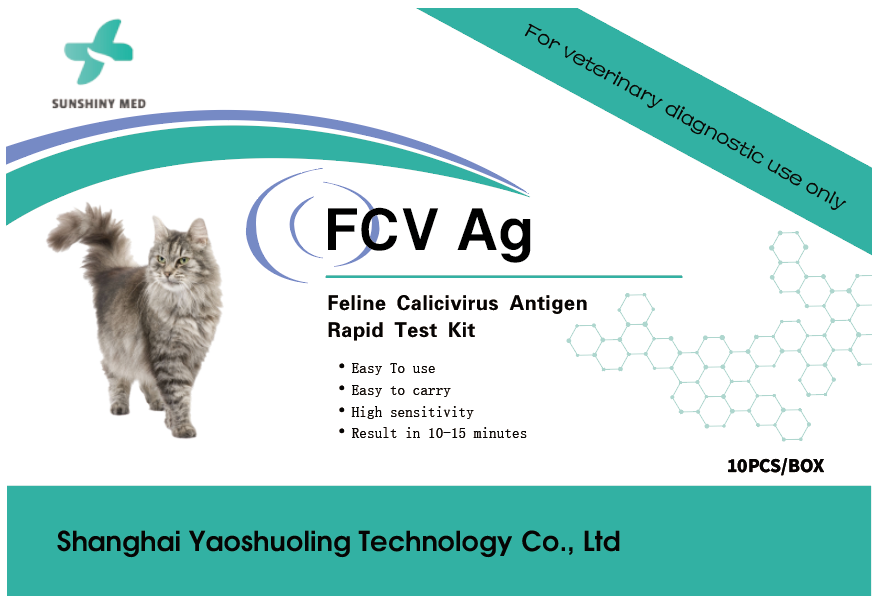Can cats also get leukemia? It is a major threat to cats' lives and health! You must understand this clearly!!!
Feline leukemia is a highly contagious disease with a wide spread range. It suppresses a cat's immune system and is the most common cause of cancer in cats. Feline leukemia has a high incidence and mortality rate, and it is a "top killer" on par with feline infectious peritonitis in terms of lethality.
Infection Symptoms
Lymph Node Enlargement:A cat's lymph nodes may enlarge after infection, especially in the neck, armpit, and groin areas.
Anemia:Infection with the feline leukemia virus can lead to a decrease in the number of a cat's red blood cells, manifested as pale gums, fatigue, and rapid breathing.
Oral
and Gum Inflammation: Cats may develop gingivitis and stomatitis, showing
symptoms such as bad breath, inflamed oral mucosa, and difficulty in eating.
Persistent
Infection: The feline leukemia virus can prevent a cat's immune system from
functioning properly, making it difficult to resist simple infections, such as
respiratory tract infections.
Loss
of Appetite and Weight Loss: Due to the above symptoms, cats may gradually lose
their appetite, resulting in significant weight loss.
Skin
Problems: Some cats may develop skin diseases, such as rashes or skin
infections.
Dyspnea:
In some cases, cats may experience difficulty breathing because the virus
affects the respiratory system.
Diarrhea
and Vomiting: Cats may have chronic diarrhea or vomiting, which may be due to
intestinal problems caused by the virus infection.
Transmission Routes
Saliva
Transmission: This is the most common mode of transmission. It occurs through
close contact between cats, such as sharing food bowls, litter boxes, or mutual
grooming.
Secretions
Transmission: This includes contact with body fluids such as nasal mucus,
urine, feces, and milk. The virus in these body fluids can be transmitted
through contact.
Mother
- to - Child Transmission: Female cats infected with FeLV can transmit the
virus to their fetuses during pregnancy or to their kittens through milk during
lactation.
Bite
Transmission: When an infected cat bites another cat, the virus can be
transmitted through the blood.
Flea
Transmission: Research shows that fleas may also carry FeLV, increasing the
risk of transmission through fleas.
Diagnostic and Treatment Methods
Test
Strip Detection (Colloidal Gold Test Strip): Test strip detection is a self -
testing method. It is relatively simple to operate and provides results
quickly. It is suitable for home testing or initial screening.
PCR
Detection: It is a highly accurate detection method. The test results can be
quantified, and this method can be used to confirm the cause of the disease.





